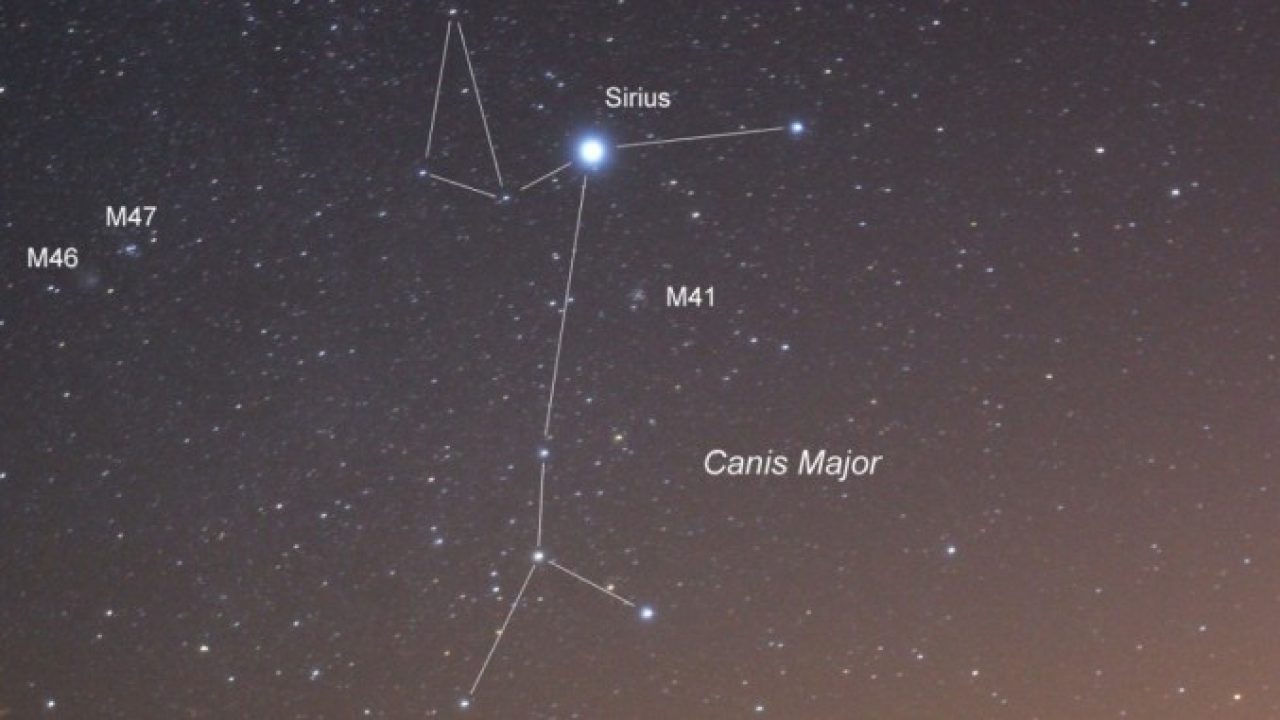If you’ve ever wondered what Anubis’ role was in the Osiris myth, this article is for you. In this article, you will learn about His association with Sirius and his relationship with Nephthys. It will also explain why He is an important figure in the Osiris myth. But what was his real purpose? And what was the real reason for the killing of his baby brother? Let’s find out!
Anubis
In the ancient Egyptian mythology, Anubis is the god of the dead, the patron of the underworld. Anubis is also known as Inpu, Ienpw, and Imeut. His black color is different from the black of a desert jackal, and was associated with the decay of the body and desolation of the soul. However, the Egyptians also believed that black brought fertility to the Nile soil, making it a good god for protecting the dead.
Anubis is depicted as half jackal, half human, and a guardian of the tombs. The jackal aspect of Anubis is associated with the Egyptian funeral rites, as unburied bodies were vulnerable to scavenging jackals. Black is a symbol of rot, and so embalmed bodies are usually black. In addition, the worship of Anubis often involves prayer, as the deceased could call on the god during rituals.
His role in the Osiris myth
The Egyptians believed that Osiris was the god of the dead, and the king of the afterlife. The name ‘Osiris’ was derived from the same root as the royal child’s name, inpu. In addition to its similarity to “inp,” which means “to decay,” the name may have evolved as the god was adopted by his mother. Osiris was also known as “Imy-ut”, meaning ‘lord of the scared land’.
During the Middle Kingdom, the Osiris myth gained popularity, with the gods of the Underworld playing a major role in the king’s life. As the son of two gods, Anubis was often portrayed as the illegitimate son of the solar god Ra and the cow goddess Nephthys. During the reign of Osiris, his wife sought to re-establish him as the ruler of Egypt. In return, she conceived a son, named Horus, who then challenged Set for the throne.
His significance in Egyptian religion
Egyptians attributed many different roles to the jackal-headed god Anusib, also known as Inpu. The jackal was associated with death, and Egyptians believed that Anubis’ protection would allow the dead to return home. Therefore, Anubis was often depicted with a jackal’s head. In the Egyptian religion, the jackal was associated with cemeteries, and the deceased were often buried there, hoping that Anubis’ protection would allow them to go home.
Ancient Egyptians also worshipped other gods related to the afterlife. Many of them were assigned specific roles, including Anubis, Osiris, and Seth. Kebechet was the mother goddess of water and freshness, and believed that her daughter was purifying the dead with water. However, there is no clear indication as to whether or not the Egyptians actually worshipped Anubis.
His statues
Ancient Egyptians adorned their homes and tombs with similar statues of Anusib, the Egyptian God of Death. Anusib represented death and embalming, as well as the afterlife and the Underworld. Ancient Egyptians often depicted Anusib as a jackal, since they associated jackals with the underworld and the afterlife. These statues often depict the God in a pose of slinking, slinky poses.
Anubis is one of the most popular Egyptian gods, presided over the process of mummification and burial rites. His representation in Egyptian iconography consists of a jackal head, though he was also often represented as a human with a jackal head. In Roman contexts, Anubis is associated with Mercury. He is also known as the ferryman of the dead, transporting them to the Underworld.
READ MORE: what should you need to know about – Annie Kids Script
